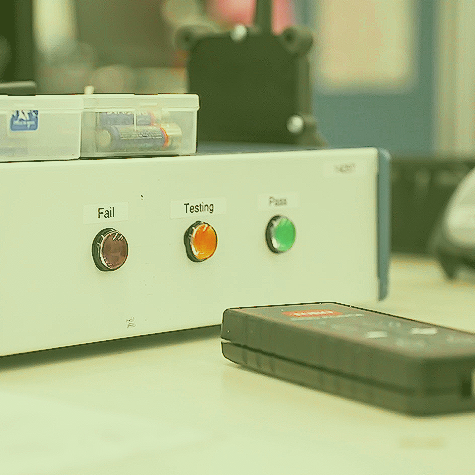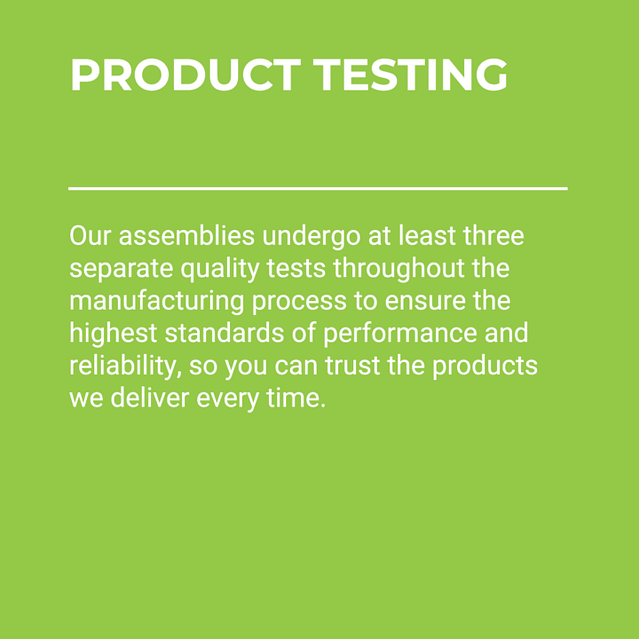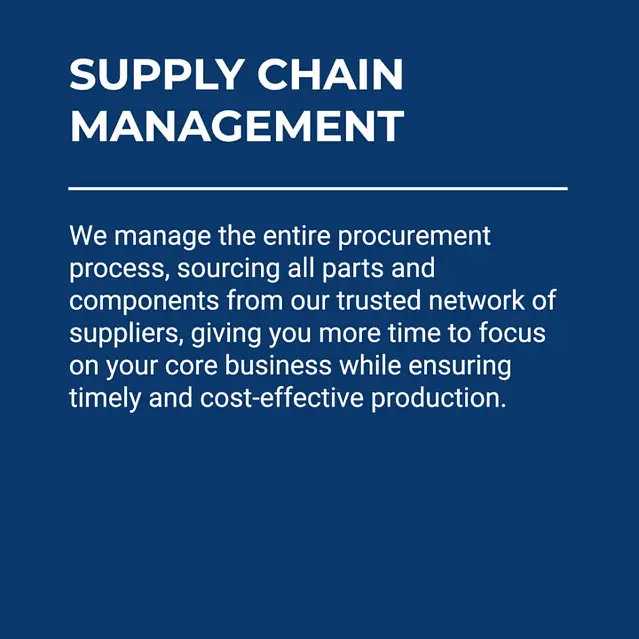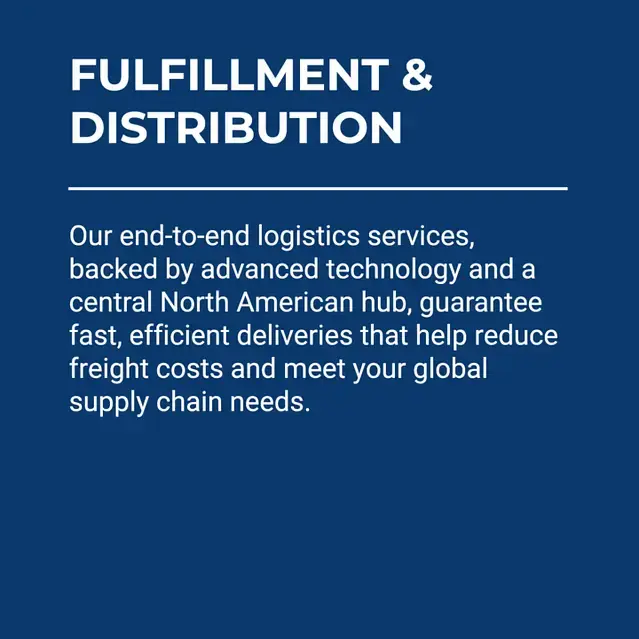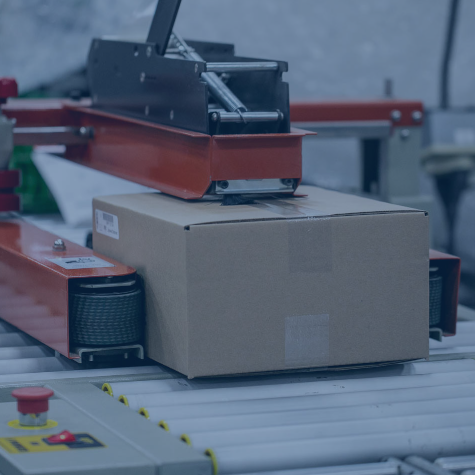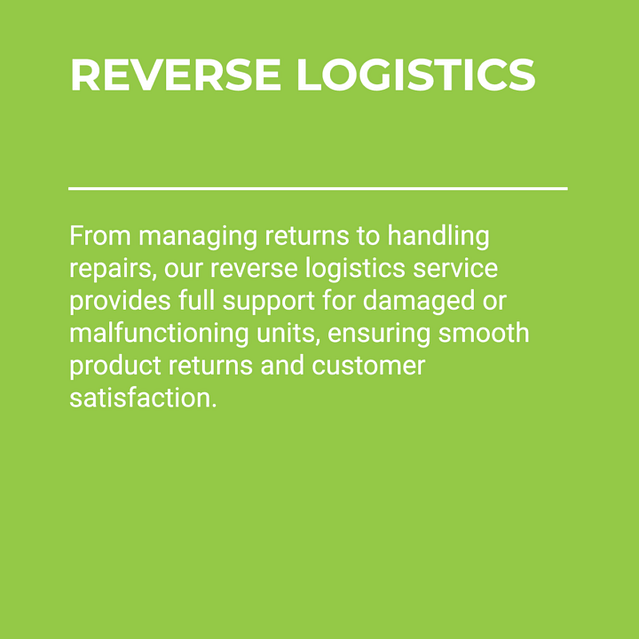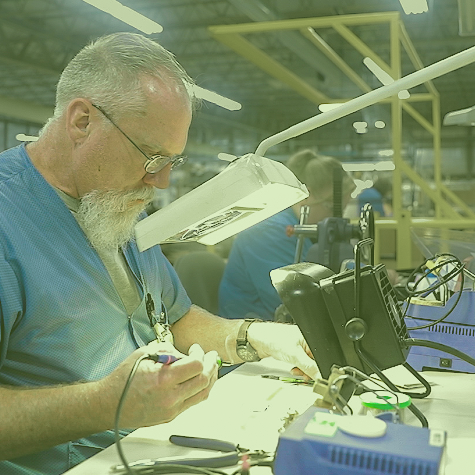The fragility of supply chains has been in the spotlight recently. We have seen them suffer and even break down throughout the COVID-19 pandemic. Saving money and time are just some of the advantages of an efficient supply chain. You can also expect to see an improved bottom line.
For these reasons and more, it is vital that original equipment manufacturers (OEMs) fully understand their supply chain. That way they can maintain a competitive edge.
Additionally, streamlining your supply chain is becoming even more critical as products evolve and become more technical over time. Evaluating and optimizing a supply chain is often daunting, leaving many OEMs wondering where to start. Below are several strategies to optimize your supply chain.
Designate Supply Chain Personnel:
It is crucial that OEMs have designated supply chain personnel. With these established roles, they can split up responsibilities regarding your supply chain and help gain cross-functional support. This team should include representation from across all areas to align the strategy with the company’s goals. The team can help remove organizational barriers and ensure better alignment on any implemented improvements.
This does not have to be a significant or time-consuming effort. The key here is to establish multiple personnel monitoring overall supply chain health.
Assess Supply Chain Health:
You’ll also want to conduct a health assessment for your supply chain. To gauge this, companies must evaluate both raw materials, end products, and every step in between. This includes procurement, production, assembly, warehousing, packaging and delivery.
OEMs must consider their supply chain holistically and not just piecemeal. Without doing this, they run the risk of creating benefits for one segment of the supply chain that could prove detrimental to another.
Companies can start by mapping each manufacturing line from raw materials to the end-consumer. The purpose is to understand better your existing process, including its strengths and pain points.
You’ll also want to identify “value” during this step. It is nearly impossible to streamline a supply chain if the value points are not clearly understood. It is also important to take the time to talk with the various business lines. They’ll be able to tell you what steps are sticking points and what improvements they would like to see.
 Monitor Key Performance Metrics:
Monitor Key Performance Metrics:
Companies must track and measure the performance of their supply chain. Doing this will identify the weak links and areas for improvement. With this data, you will be able to determine the health of your existing supply chain.
This isn’t just a one-time check though. You’ll want to continue to assess performance on a regular basis even after you’ve made your initial improvements. This will allow you to quantify the time and money saved by the efficiency steps. It will also guide supply chain improvements you consider in the future.
Identify Areas of Opportunity:
When looking for areas of opportunity, you’ll want to use the health assessment results from earlier. They will identify areas of opportunity across the supply chain. For example, many manufacturers have employed the concept of lean manufacturing for years. It focuses on streamlining operations to improve value and productivity while minimizing waste.
Thus, when identifying areas of opportunity within your supply chain, look for areas of potential waste. Make a list of opportunity areas and prioritize the issues you wish to focus on. You’ll need to consider their value and importance to the business and how easy they will be to resolve.
Consider a Contract Manufacturer:
Many OEMs will choose to outsource their supply chain operations to a contract manufacturer, like RIS. This enables OEMs to tap into the expertise of the partner organization and offers many benefits. Some of these benefits include increased flexibility, improved quality, time & cost savings and simplified purchasing and inventory management. This approach to manufacturing has been around for decades, and many industries rely heavily on outsourcing to remain competitive.
Companies should take the time to research and get to know each potential contract manufacturers. You’ll want to evaluate their history, the breadth of solutions offered and their quality program.
Reduce the Number of Providers:
OEMs typically have multiple vendors involved in their supply chain. But if you have too many vendors, this can lead to inefficiencies. Generally speaking, minimizing the number of providers along the supply chain is advantageous. When partnering with a single-source contract manufacturer, like RIS, businesses receive a complete manufacturing solution.
Reducing the number of providers adds value in a number of ways. It improves communications and accelerates the speed-to-market and cuts manufacturing and post-operations costs among other things.

Welcome Technology:
When optimizing your supply chain, technology is often your friend. You’ll want to research the latest and greatest in technology to see how it can benefit your operations.
Which of the pain points along your supply chain would benefit from new or enhanced technology? Selecting the right technology can result in a more streamlined and efficient supply chain.
Incorporate Secondary Operations:
Many companies with efficient supply chains have combined manufacturing with secondary, post-operation steps like assembly and product testing. Outsourcing secondary operations to a contract manufacturer saves time and money in multiple ways. Products will not have to be transported or stored between production and post-production steps. Contract manufacturers often secure better contract rates as they buy in bulk.
In addition to building and testing your products, the team at RIS performs fulfillment and distribution and warehousing services for a complete manufacturing solution.
Work Collaboratively:
After you’ve select a contract manufacturer to outsource part or all of your supply chain, there’s still work to be done. You will need to work collaboratively with your partner to achieve your desired objectives. After all, you are not simply looking for a contract manufacturer. You are looking for a trusted partner that can help your business grow.
Good communication and a spirit of collaboration are necessary for any customer-supplier relationship to thrive. A good outsourcing partner asks for input and listens to their customers. This way they can offer solutions that ensure both parties are aligned and satisfied.
About RiverSide Integrated Solutions:
RIS is an advanced contract manufacturer providing robust solutions in circuit board assembly and product assembly. We employ more than 350 people and provide services to OEMs worldwide. We operate two state-of-the-art manufacturing facilities within the US.
With all of the choices in contract manufacturers out there, we know it can be challenging to find someone who understands your business model and has your best intentions in mind. RIS has always proven to be a win-win-focused relationship.
As your one-stop shop, we have the capabilities, capacity, quality assurance standards and resources to support all of your manufacturing needs. We understand that supply chain management is complex and very time-consuming, so we urge our customers to utilize us in the fullest capacity.
Our total-package solutions include:
- Dedicated Program Team
- Extensive supply-chain network for efficient parts procurement and kitting
- Subassembly and full box-build
- Warehousing and drop-shipping capabilities
- Reverse logistics
- Flexible order fulfillment
- Scalability to meet your needs
Contact us today at (507) 523-3220 to see how we can help with your manufacturing project, or click contact us for a quote.





